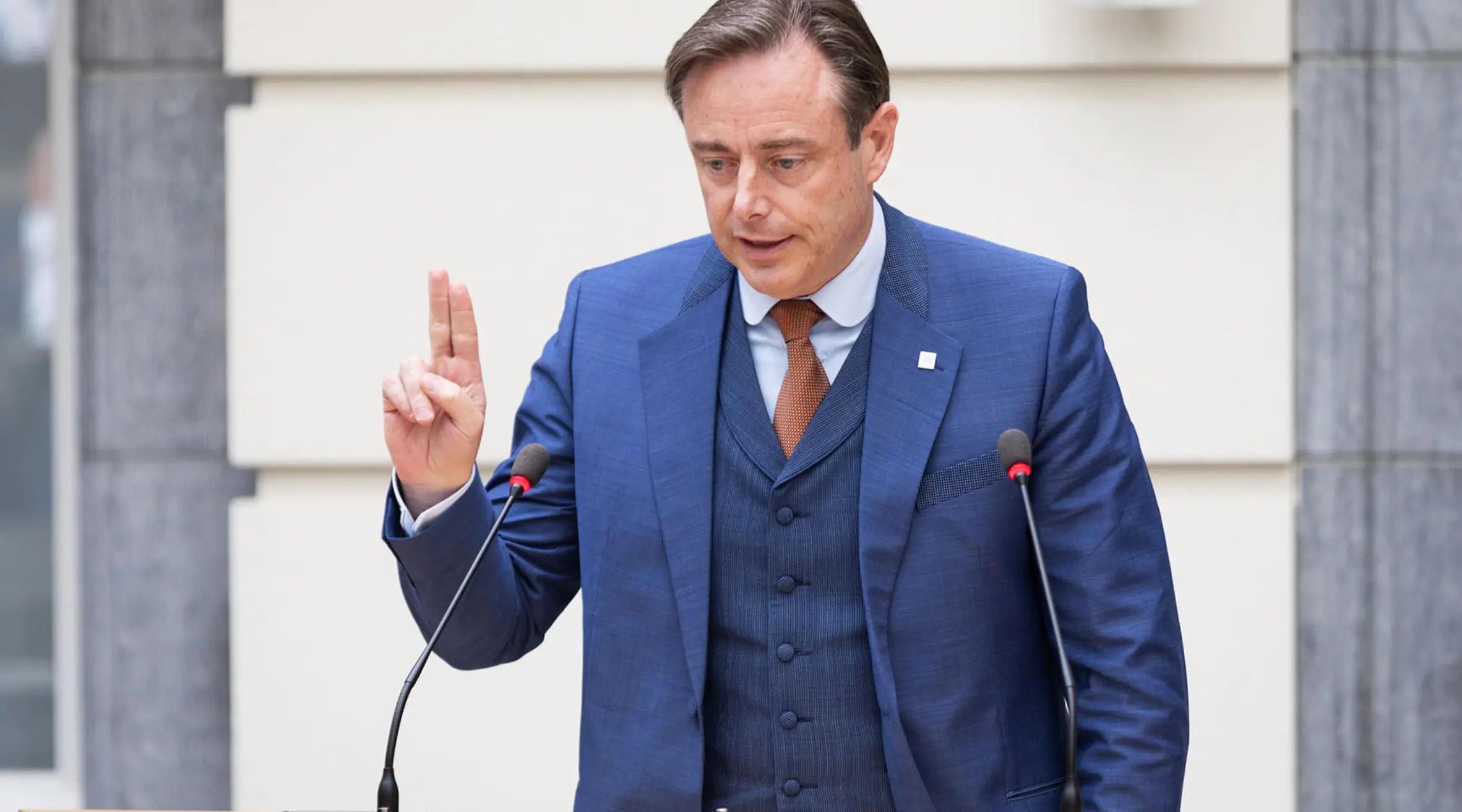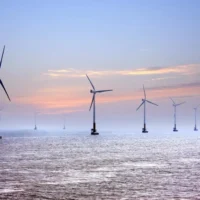In his functions as “pre-formateur”, Bart De Wever summoned a meeting at the Royal Military School, with representatives of the five potential alliance parties for the next Federal Government to examine matters linking to defence and nuclear energy.
The meeting was observed by representatives of the Nieuw-Vlaamse Alliantie (N-VA), Mouvement Réformateur (MR), Les Engagés, Vooruit and Christen Democratisch en Vlaams (CD&V) parties. Constraint was the demand of the day at the meeting.
What Was Discussed at the Royal Military School Meeting?
How Does CD&V Plan to Extend the Nuclear Plant Lifespan?
CD&V President Sammy Mahdi repeated his party’s desire to expand the lifespan of Belgium’s nuclear plants by 20 years – one decade more extended than the outgoing “Vivaldi” government had intended. But Mahdi did not overcommit, stating that he would wait to hear the expert view on this.
With Belgium’s green parties mourning heavy defeats in the 9 June elections and not earning enough seats to be considered possible coalition partners, the political consensus is moving towards expanding the lifespan of the country’s plants. This is a problem that the greens had previously fought strongly but will now have no say in.
Mahdi stressed the need to discuss how the energy supply can be protected with professionals, without adopting a dogmatic practice. Five nuclear reactors are currently working in Belgium: Doel 1, 2, and 4; Tihange 1 and 3. But this is due to switch very soon with Doel 1 and 2 and Tihange 1 planned to close at the end of 2025. In a landmark contract at the end of last year, Belgium agreed to expand the lifespan of Doel 4 and Tihange 3 until 2035.
But with just two rather than five nuclear reactors running, Belgium will be constrained by a significant amount of energy. Although supporters of green energy are keen for renewables to make up the shortfall, the truth is that both offshore wind and solar power are far from sufficient to make up what will be forfeited from nuclear.
How Will Defence Spending Change in the Coming Years?
Defence will also be a substantial part of the upcoming legislature’s agenda. The Vivaldi coalition had arranged internally to commit 2% of the GDP to this sector by 2035, but this was seen as unsatisfactory within the outgoing coalition. The N-VA, then in opposition, had been very crucial. “We wish to rev the growth trajectory to acquire the 2% by 2029 at the latest by investing in the different components of defence,” it stated in its election programme. The stakes are high regarding Russia’s threat to Europe, but the future coalition’s limited budget also has to be taken into consideration
What Are the Fiscal Goals of the “Arizona” Coalition?
Representatives of the possible “Arizona” coalition discussed with the heads of the Belgian National Bank to examine Belgium’s current fiscal and monetary situation. Last week, De Wever requested all departments to come up with recommendations for cost savings. The email sent out by De Wever to the leaders of the federal public service and other administrative bodies, including Defence, stressed the importance of creating targeted savings rather than using a “cheese grater” method.
It highlighted the need to identify areas in their communities where efficiency gains could be made. Such gains could donate to rationalising or funding the investments required in certain sectors, De Wever reported. The pre-formateur was also prepared to meet the leaders of the Federal Agency for Nuclear Control and the Chief of Defence.



